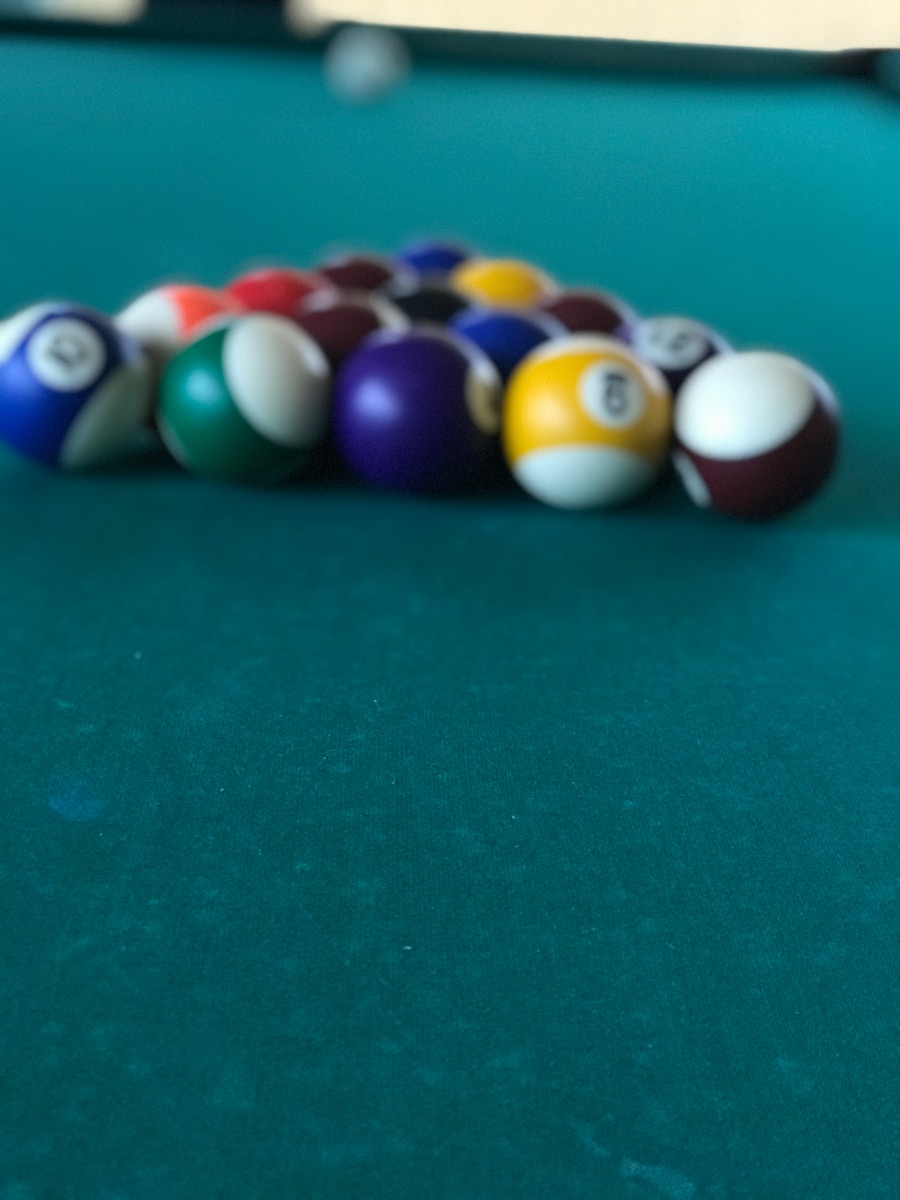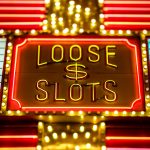Download links
Description
The origins of bingo can be traced back to the 16th century in Italy, where a game called “Lo Giuoco del Lotto d’Italia” was played. This lottery-style game laid the groundwork for what would eventually evolve into modern bingo. By the 18th century, the game had made its way to France, where it was known as “Le Lotto.” It was primarily played by the aristocracy and involved a complex set of rules and a variety of cards.
The game gained popularity across Europe, and by the 19th century, it had reached England, where it was further refined. In the United States, bingo’s journey began in the 1920s when it was introduced as “Beano.” Players would use dried beans to mark their cards, and the game was often played at fairs and carnivals. The name “Beano” was derived from the beans used to cover the numbers on the cards.
However, a pivotal moment occurred when a player accidentally shouted “Bingo!” instead of “Beano,” leading to the game’s rebranding. This simple slip of the tongue marked the transition from Beano to Bingo, and the game quickly gained traction across the country. By the 1930s, bingo halls began to emerge, and it became a popular pastime during the Great Depression, providing entertainment and a sense of community during challenging times.
Key Takeaways
- Bingo originated from a game called Beano and has evolved into the modern game we know today.
- The rules of bingo are simple: players mark off numbers on their cards as they are called out, and the first to complete a specific pattern wins.
- There are different variations of bingo, including 75-ball and 90-ball, each with its own unique rules and strategies.
- Bingo lingo includes colorful calls and slang used by the game’s announcers, adding to the fun and excitement of the game.
- Bingo is not just a game, but also a social activity that brings people together, fosters community, and helps build friendships.
How to Play Bingo: Rules and Strategies for Success
Understanding the Game
Each player receives a card featuring a grid of numbers arranged in a specific pattern. The most common format is a 5×5 grid with numbers ranging from 1 to 75 or 1 to 90, depending on the type of bingo being played.
How to Play
The game begins when a caller randomly selects numbers from a pool and announces them to the players. As numbers are called, players mark them on their cards. The objective is to complete a predetermined pattern—such as a straight line, diagonal, or full house—before anyone else.
Winning Strategies
While luck plays a significant role in bingo, there are strategies that players can employ to increase their chances of winning. One effective approach is to play multiple cards simultaneously, allowing players to cover more numbers and increasing the likelihood of completing a winning pattern. Additionally, choosing cards with a diverse range of numbers can be beneficial, and players should also pay attention to the speed of the game, being alert and ready to mark numbers quickly in faster-paced games.
Different Types of Bingo: Exploring 75-ball, 90-ball, and more

Bingo comes in various formats, each with its own unique set of rules and gameplay styles. The two most popular types are 75-ball and 90-ball bingo. Players aim to achieve specific patterns such as horizontal lines, vertical lines, or even more complex shapes like letters or designs.
Beyond these two main types, there are also variations like speed bingo, where numbers are called rapidly, and themed bingo games that incorporate unique elements or storylines. For example, some bingo games may feature holiday themes or pop culture references that add an entertaining twist to traditional gameplay.
Bingo Lingo: Understanding the Calls and Slang of the Game
| Call or Slang | Meaning |
|---|---|
| Two Little Ducks | Refers to the number 22 |
| Knock at the Door | Refers to the number 4 |
| Man Alive | Refers to the number 5 |
| Halfway There | Refers to the number 45 |
| Heaven’s Gate | Refers to the number 78 |
Bingo has developed its own unique lexicon over the years, with specific terms and phrases that enhance the experience for players. Each number called has an associated phrase or nickname that adds an element of fun and camaraderie among participants. For instance, the number 2 is often referred to as “one little duck,” while number 7 is known as “lucky seven.” These playful calls not only make the game more engaging but also create a sense of community among players who share in the excitement.
In addition to number calls, there are various slang terms used within the bingo community. For example, when someone wins a game, they might shout “Bingo!” to announce their victory. However, if they mistakenly call out before they have completed their card, they may be met with playful banter from fellow players who might say they’ve “jumped the gun.” Understanding this lingo can enhance the social aspect of bingo and help newcomers feel more integrated into the gaming environment.
The Social Aspect of Bingo: Building Community and Making Friends
Bingo is not just about winning prizes; it is also a social activity that fosters connections among players. Many people attend bingo games not only for the thrill of competition but also for the opportunity to meet new friends and engage with their community. Bingo halls often serve as gathering places where individuals from diverse backgrounds come together to share laughter and camaraderie.
The social aspect of bingo is particularly evident in community events and fundraisers where participants come together for a common cause. These gatherings create an atmosphere of support and unity as players bond over shared experiences and celebrate each other’s victories. Additionally, many bingo enthusiasts form clubs or groups that meet regularly, further strengthening their connections and creating lasting friendships.
Bingo Bonanza: Tips for Hosting the Perfect Bingo Party

Hosting a bingo party can be an exciting way to bring friends and family together for an evening of fun and entertainment. To ensure a successful event, careful planning is essential.
Next, consider creating themed bingo cards that align with your party’s theme or occasion—this could range from holiday-themed cards to those featuring popular movies or music genres. Providing prizes for winners can also elevate the excitement; these could be small tokens like gift cards or fun novelty items that resonate with your guests. To keep the energy high throughout the event, incorporate breaks between games for socializing and refreshments.
Offering snacks and drinks can enhance the overall experience and encourage mingling among guests. Additionally, consider using creative calling methods—such as using props or costumes—to add an element of entertainment that keeps everyone engaged. By focusing on these elements—venue selection, themed cards, prizes, refreshments, and entertainment—your bingo party can become a memorable occasion that brings joy and laughter to all participants.
FAQs
What is bingo?
Bingo is a game of chance in which players mark off numbers on cards as the numbers are drawn randomly by a caller. The first player to mark off a predetermined pattern of numbers wins the game.
How is bingo played?
Bingo is typically played with a set of numbered balls or tiles, a caller, and bingo cards. Players mark off numbers on their cards as they are called out by the caller. The first player to complete a specific pattern on their card (such as a straight line, four corners, or blackout) wins the game.
What are the different variations of bingo?
There are several variations of bingo, including 75-ball bingo, 90-ball bingo, and 80-ball bingo. Each variation has its own unique rules and patterns for winning the game.
Is bingo a game of skill or luck?
Bingo is primarily a game of luck, as the numbers are drawn randomly and players have no control over which numbers are called. However, some players may employ strategies such as playing multiple cards to increase their chances of winning.
Where is bingo commonly played?
Bingo is commonly played in bingo halls, community centers, and online. It is also a popular game at fundraisers, charity events, and social gatherings.
What are the potential prizes for winning bingo?
Prizes for winning bingo can vary depending on the game and the venue. Common prizes include cash, gift cards, and merchandise. In some cases, larger jackpots or progressive prizes may be offered.





